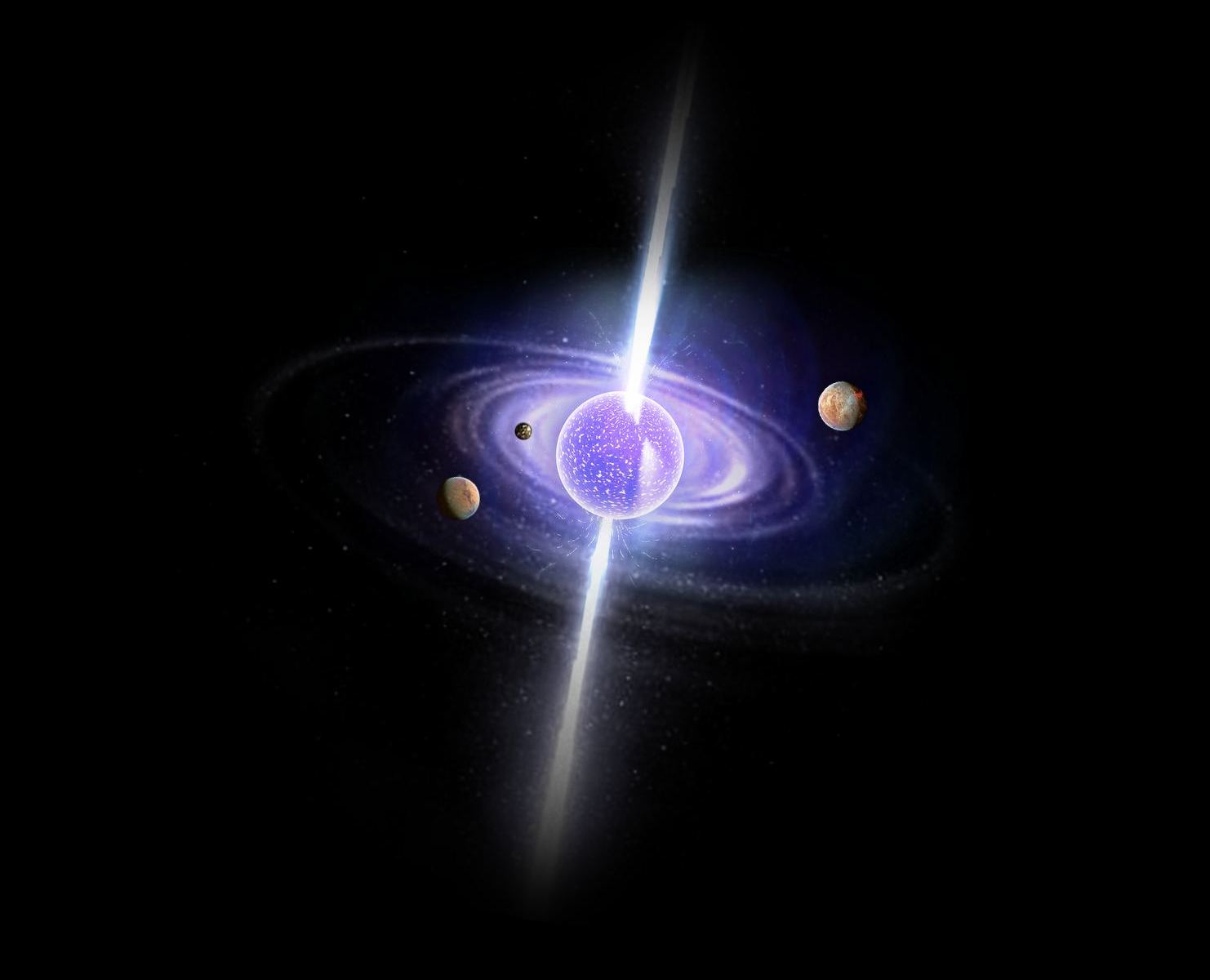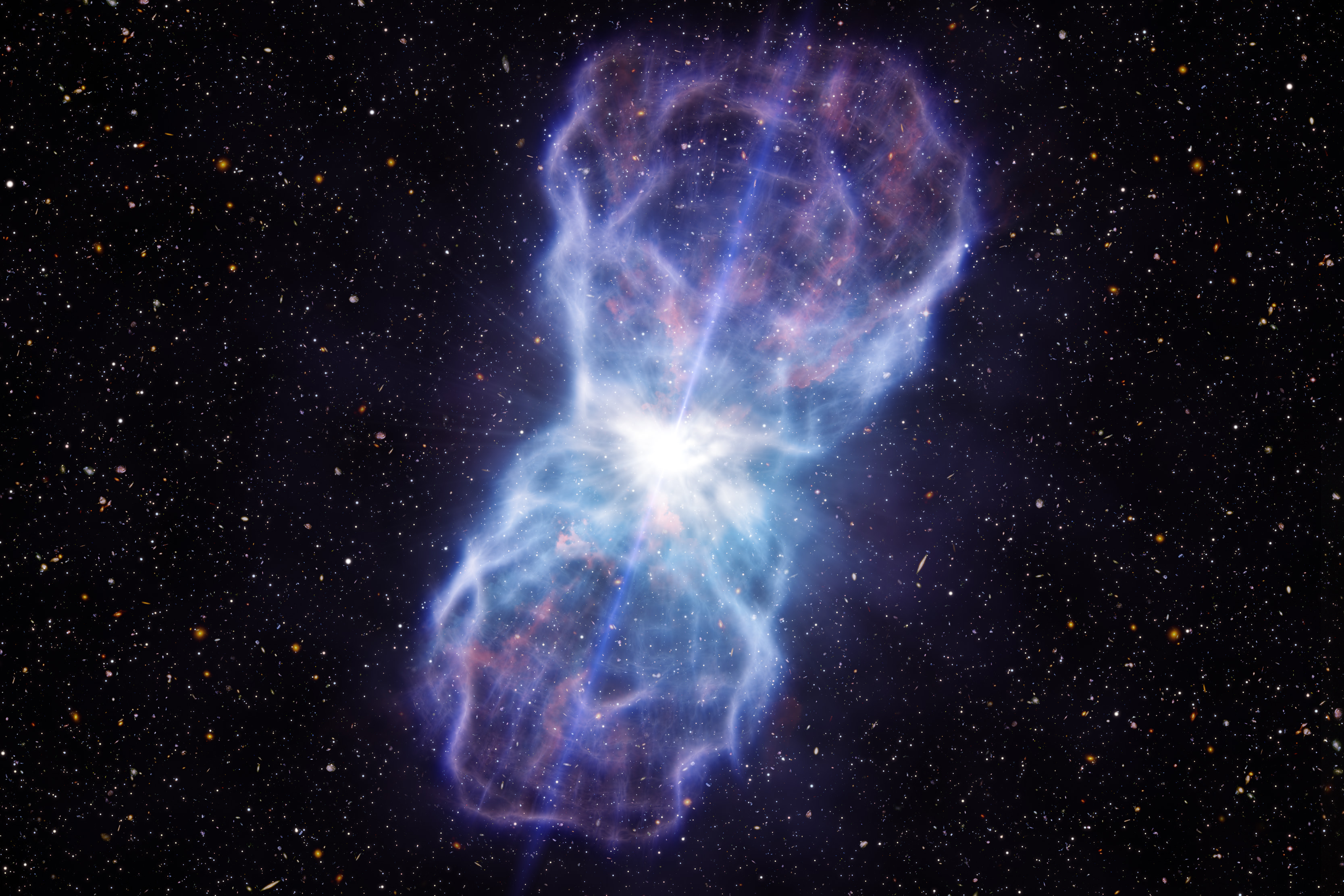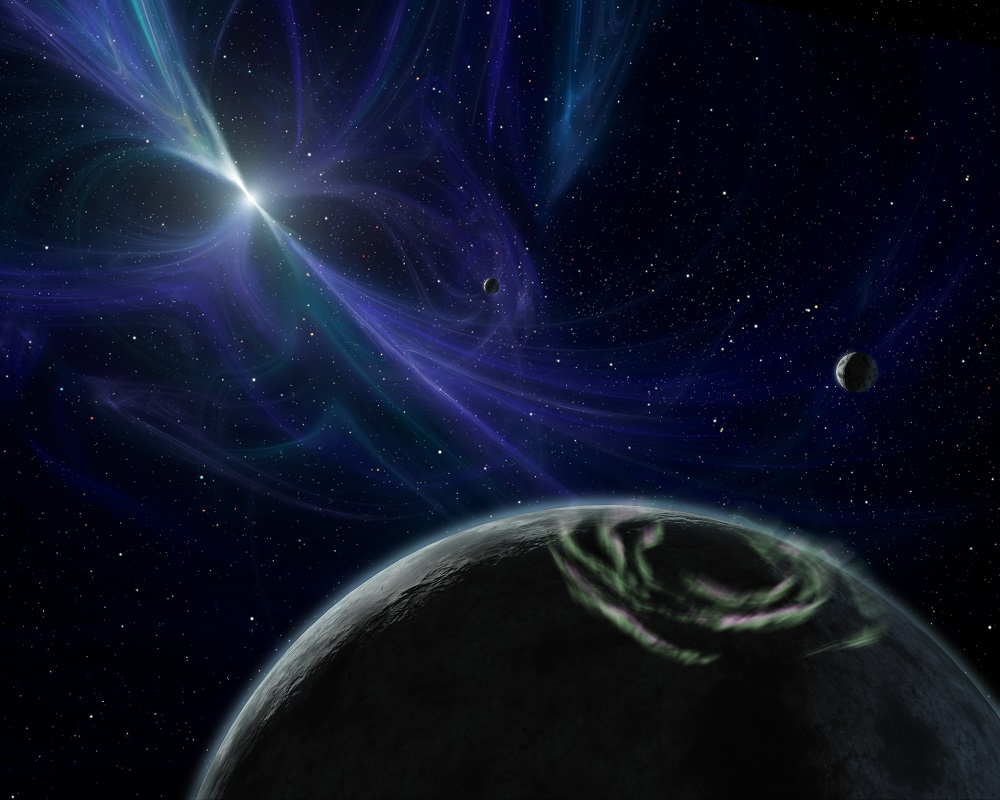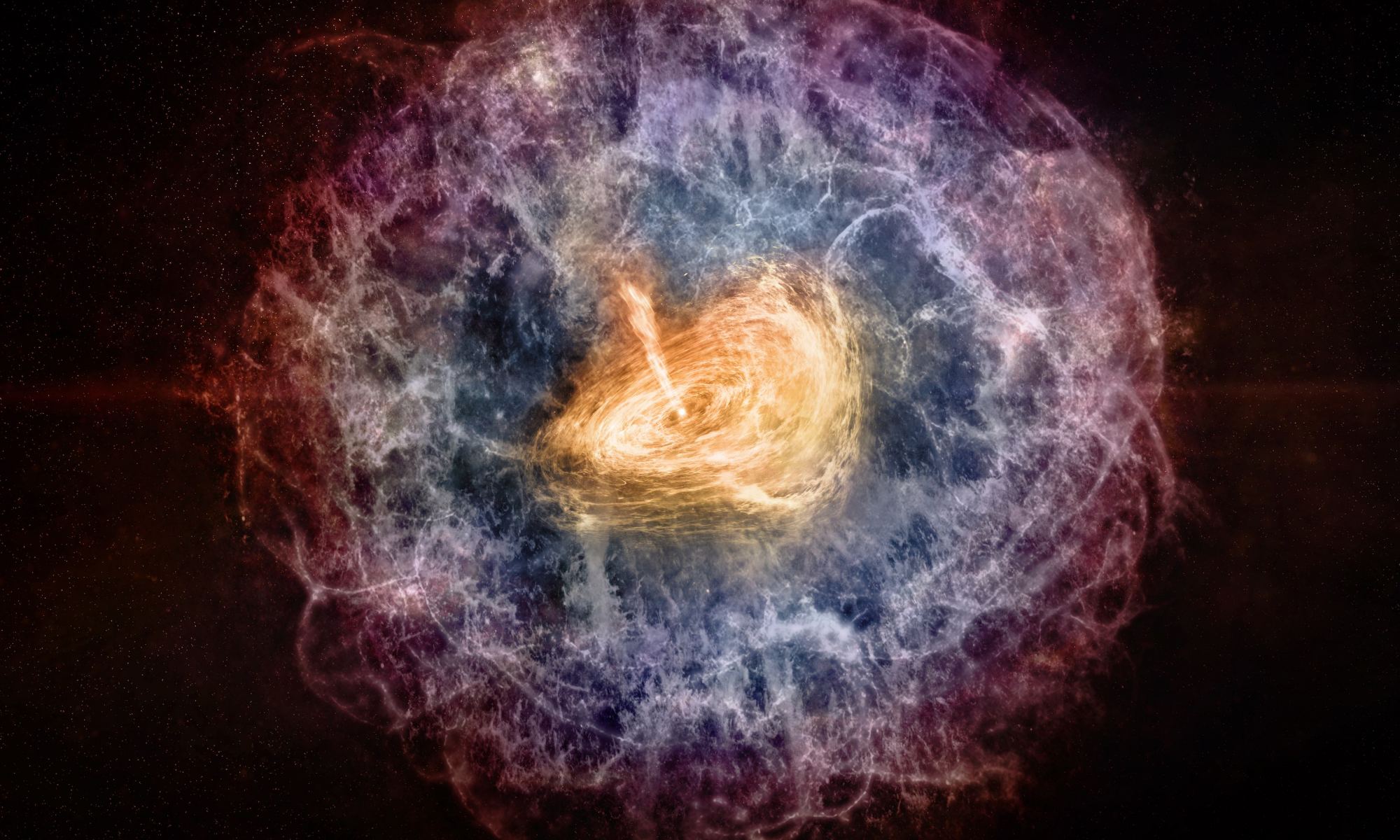Exoplanets have become quite the sensation over the last decade-plus, with scientists confirming new exoplanets on a regular basis thanks to NASA’s Kepler and TESS missions, along with the James Webb Space Telescope recently examining exoplanet atmospheres, as well. It’s because of these discoveries that exoplanet science has turned into an exciting field of intrigue and wonder, but do the very same scientists who study these wonderful and mysterious worlds have their own favorite exoplanets? As it turns out, four such exoplanet scientists, sometimes referred to as “exoplaneteers”, were kind enough to share their favorites with Universe Today!
Continue reading “Do Exoplanet Scientists Have Favorite Exoplanets?”Astronomers Find a Brand new Pulsar That's Probably Less Than 14 Years old
Neutron stars are dense remnants of large stars. They are the collapsed cores of stars formed during a supernova explosion. While we know generally how they form, we are still learning how they evolve, particularly when they are young. But that’s starting to change thanks to large sky surveys, which have allowed astronomers to observe a neutron star that could be little more than a decade old.
Continue reading “Astronomers Find a Brand new Pulsar That's Probably Less Than 14 Years old”A Pulsar has Been Found Turning so Slowly Astronomers Didn't Even Think it was Possible: Once Every 76 Seconds
Astronomy is progressing rapidly these days, thanks in part to how advances in one area can contribute to progress in another. For instance, improved optics, instruments, and data processing methods have allowed astronomers to push the boundaries of optical and infrared to gravitational wave (GW) astronomy. Radio astronomy is also advancing considerably thanks to arrays like the MeerKAT radio telescope in South Africa, which will join with observatories in Australia in the near future to create the Square Kilometer Array (SKA).
In particular, radio astronomers are using next-generation instruments to study phenomena like Fast Radio Bursts (FRBs) and neutron stars. Recently, an international team of scientists led by the University of Manchester discovered a strange radio-emitting neutron star with a powerful magnetic field (a “magnetar”) and an extremely slow rotational period of 76 seconds. This discovery could have significant implications for radio astronomy and hints at a possible connection between different types of neutron stars and FRBs.
Continue reading “A Pulsar has Been Found Turning so Slowly Astronomers Didn't Even Think it was Possible: Once Every 76 Seconds”Traveling the Solar System with Pulsar Navigation

A team of researchers at the University of Illinois Urbana-Champaign have found a way for travelers through the Solar System to work out exactly where they are, without needing help from ground-based observers on Earth. They have refined the pulsar navigation technique, which uses X-ray signals from distant pulsars, in a way similar to how GPS uses signals from a constellation of specialized satellites, to calculate an exact position .
Continue reading “Traveling the Solar System with Pulsar Navigation”A Pulsar is Blasting out Jets of Matter and Antimatter

Why is there so much antimatter in the Universe? Ordinary matter is far more plentiful than antimatter, but scientists keep detecting more and more antimatter in the form of positrons. More positrons reach Earth than standard models predict. Where do they come from?
Scientists think pulsars are one source, and a new study strengthens that idea.
Continue reading “A Pulsar is Blasting out Jets of Matter and Antimatter”Astronomers Scan 800 Pulsars to See If Any of Them Have Planets

Astronomers discovered the first exoplanets in 1992. They found a pair of them orbiting the pulsar PSR B1257+12 about 2300 light-years from the Sun. Two years later they discovered the third planet in the system.
Now a team of astronomers are trying to duplicate that feat by searching 800 known pulsars for exoplanets.
Continue reading “Astronomers Scan 800 Pulsars to See If Any of Them Have Planets”Twin Stars Prove Einstein at Least 99.99% Right

More than a hundred years have passed since Einstein formalized his theory of General Relativity (GR), the geometric theory of gravitation that revolutionized our understanding of the Universe. And yet, astronomers are still subjecting it to rigorous tests, hoping to find deviations from this established theory. The reason is simple: any indication of physics beyond GR would open new windows onto the Universe and help resolve some of the deepest mysteries about the cosmos.
One of the most rigorous tests ever was recently conducted by an international team of astronomers led by Michael Kramer of the Max Planck Institute for Radio Astronomy (MPIfR) in Bonn, Germany. Using seven radio telescopes from across the world, Kramer and his colleagues observed a unique pair of pulsars for 16 years. In the process, they observed effects predicted by GR for the first time, and with an accuracy of at least 99.99%!
Continue reading “Twin Stars Prove Einstein at Least 99.99% Right”NASA Launches a New X-ray Observatory

A new mission has launched to study some the most intriguing secrets of the universe. No, not THAT spacecraft (JWST is scheduled for launch on December 22). Another new and exciting mission is called Imaging X-ray Polarimetry Explorer (IXPE) and it will allow scientists to explore the hidden details of some of the most extreme and high-energy objects in the cosmos, such as black holes, neutron stars, pulsars and dozens of other objects.
Continue reading “NASA Launches a New X-ray Observatory”Astronomers Might use Pulsars to First Detect Merging Supermassive Black Holes

Astronomers have been using gravitational waves to detect merging black holes for years now, but may have to rely on pulsars – rapidly spinning neutron stars – to observe the mergers of supermassive black holes.
Continue reading “Astronomers Might use Pulsars to First Detect Merging Supermassive Black Holes”Astronomers Think They’ve Found the Neutron Star Remnant Left Behind from Supernova 1987A
It was the brightest supernova in nearly 400 years when it lit the skies of the southern hemisphere in February 1987. Supernova 1987A – the explosion of a blue supergiant star in the nearby mini-galaxy known as the Large Magellanic Cloud – amazed the astronomical community. It offered them an unprecedented opportunity to observe an exploding star in real-time with modern instruments and telescopes. But something was missing. After the supernova faded, astronomers expected to find a neutron star (a hyper-dense, collapsed stellar core, made largely of neutrons) left-over at the heart of the explosion. They saw nothing.
Continue reading “Astronomers Think They’ve Found the Neutron Star Remnant Left Behind from Supernova 1987A”



